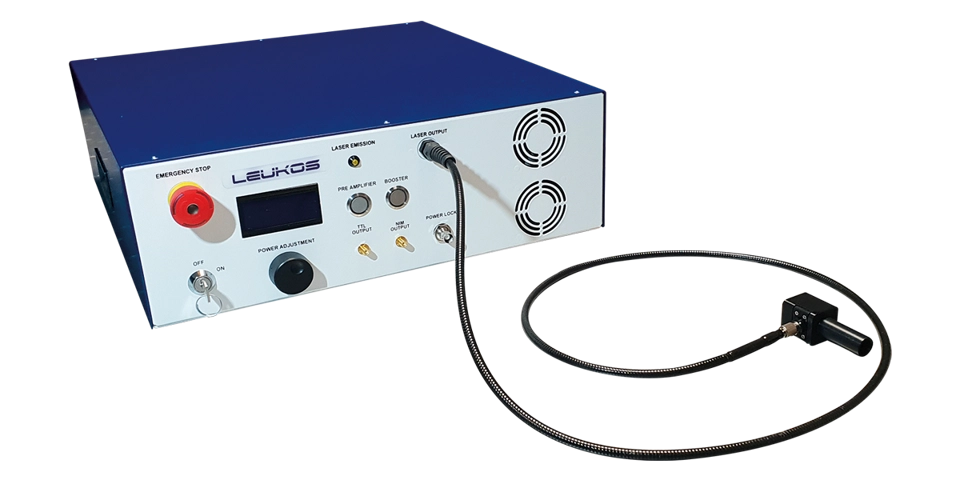Laser Sources
Axiom Optics provides a comprehensive range of laser sources specifically designed for demanding applications. Our offerings include compact CW laser modules, delivering stable output across wavelengths from 375nm to 1550nm, supercontinuum lasers for broadband spectral coverage, and tunable filters and fiber coupling modules for advanced spectral filtering and coupling.
















